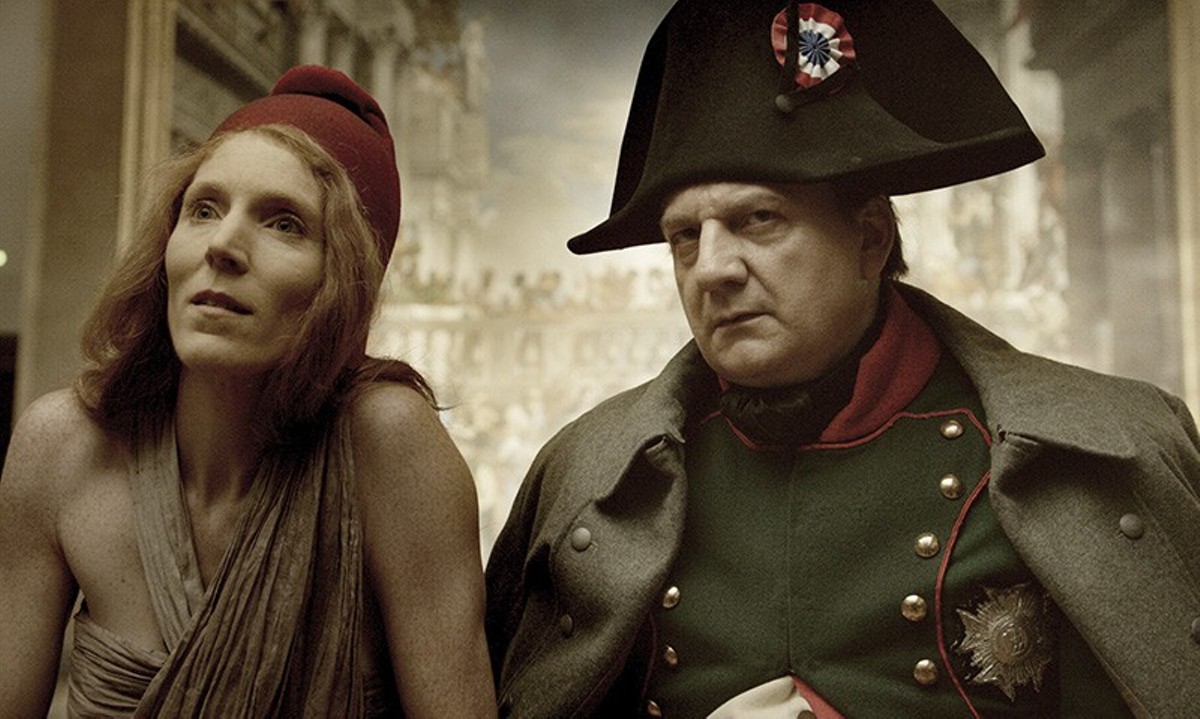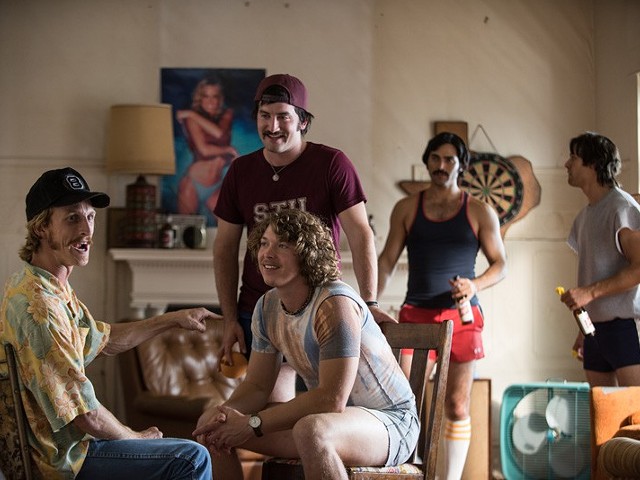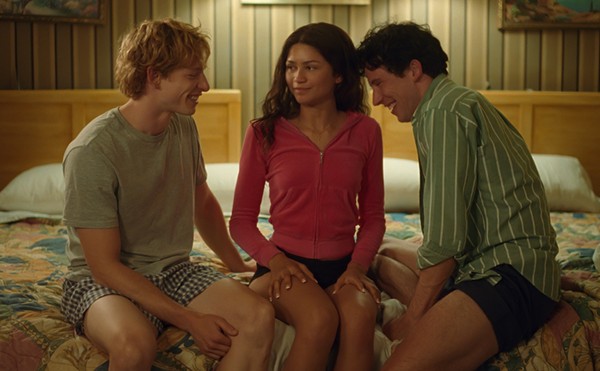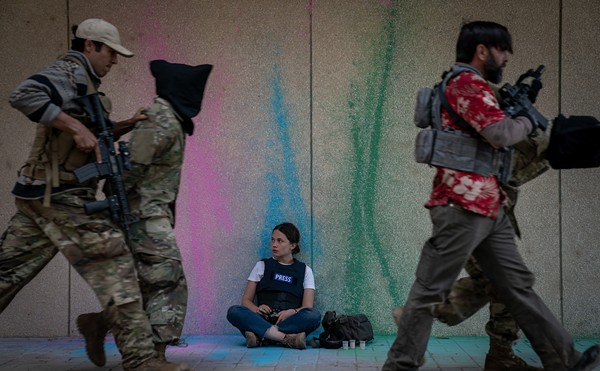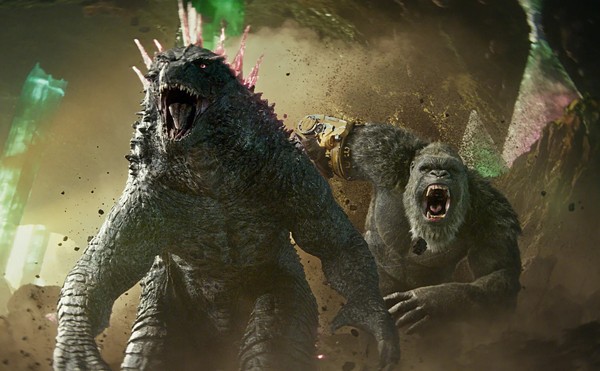In 2002 Russian director Aleksandr Sokurov made Russian Ark, a history lesson in the form of a continuous, 96-minute-long Steadicam shot that traveled through the halls of the Winter Palace museum in St. Petersburg. As the camera passes from room to room — 33 in all — figures from the past appear and the artworks on the walls become the backdrop to a history of Russia from the tsars to the twentieth century. Although museum directors are notoriously protective of their holdings, it is easy to imagine any of the directors of the world's other great museums watching Sokurov's film and wishing they could get the same kind of attention.
Sokurov's new film Francofonia is an extension of, and in some ways a sequel to, Russian Ark, this time with the cooperation of the Louvre. Instead of the flowing Steadicam of the earlier film, however, this is a film of fragmented images, playing with different formats and aspect ratios as it tries to align the continuous stream of history/culture with our broken and disjointed perception of it. Sokurov is playing with the pieces of history, hoping to create continuity from them.
The Louvre is, of course, more than just a museum. With just under fifteen acres of exhibition space, the 223-year-old institution is a city unto itself, complete with its own underground traffic system. More than just the storehouse of culture, it is, in Sokurov's view, the very heart of culture, the living proof of civilization. "I wonder what would have become of European culture if portraiture had not emerged," he muses, and as his camera passes across centuries of painted faces, he makes a convincing point that history and art are inseparable.
To illustrate the point — as if the thousands of paintings and sculptures on site aren't enough — Sokurov brings the past into the galleries in the form of Marianne, the national symbol of liberté, egalité et fraternité, and Napoleon Bonaparte, the latter trying to take credit for every piece of art by peering closely at it and proclaiming "C'est moi!" Narrator Sokurov expresses irritation with the Emperor, but concedes the inescapable link between a national museum and a nation, which is especially obvious in the case of the Louvre: Much of its collection, especially its Egyptian antiquities, resulted from France's empire-building days. "The whole universe defines a world," Sokurov notes, "and war alone decides where it ends up."
Most of Francofonia centers on a brief period when politics and culture came head-to-head right at the Louvre's doorway — the years of Vichy France, when most of the country was occupied by German troops. Sokurov tells of the awkward alliance between Louvre director Jacques Jaujard and German officer Franz Wolff-Metternich, assigned by the Nazis to ensure that European culture remained safe even as its nation states were being destroyed. Their ability to work together kept the museum functional but resulted in a strange compromise in which the museum remained open, but the majority of its holdings were moved throughout the country for safety.
Recreating the wartime Louvre, Sokurov blends historical images with contemporary ones to illustrate the process which, in a sense, created two Louvres: The physical Louvre still stood in Paris, while the spiritual Louvre, its collection, went undercover. (Not every cultural monument was quite as fortunate; in a bitter digression, Sokurov reflects on the siege of Leningrad and suggests that the accepted definition of "European culture" had its geographical limits.)
Sokurov has a reputation — not unjustified — as a somber and austere filmmaker, but Francofonia is accessible, lively, even playful. Though he tries to maintain his dour image (there's a bizarre and mostly incomprehensible subplot involving an art-filled boat in stormy seas), he is outdone. He's delighted by the Louvre, by its architecture (a beautiful 360-degree shot of the grounds alone makes the film worth seeing), and by its history and traditions. (This is a museum so intertwined with the history of art that there are paintings of its own galleries within its galleries!) Sokurov understands the importance of images, and Francofonia provides him with a vast resource, an infinite library of beautiful things to be approached with joy, respect and astonishment.

